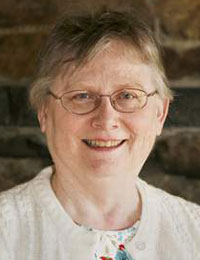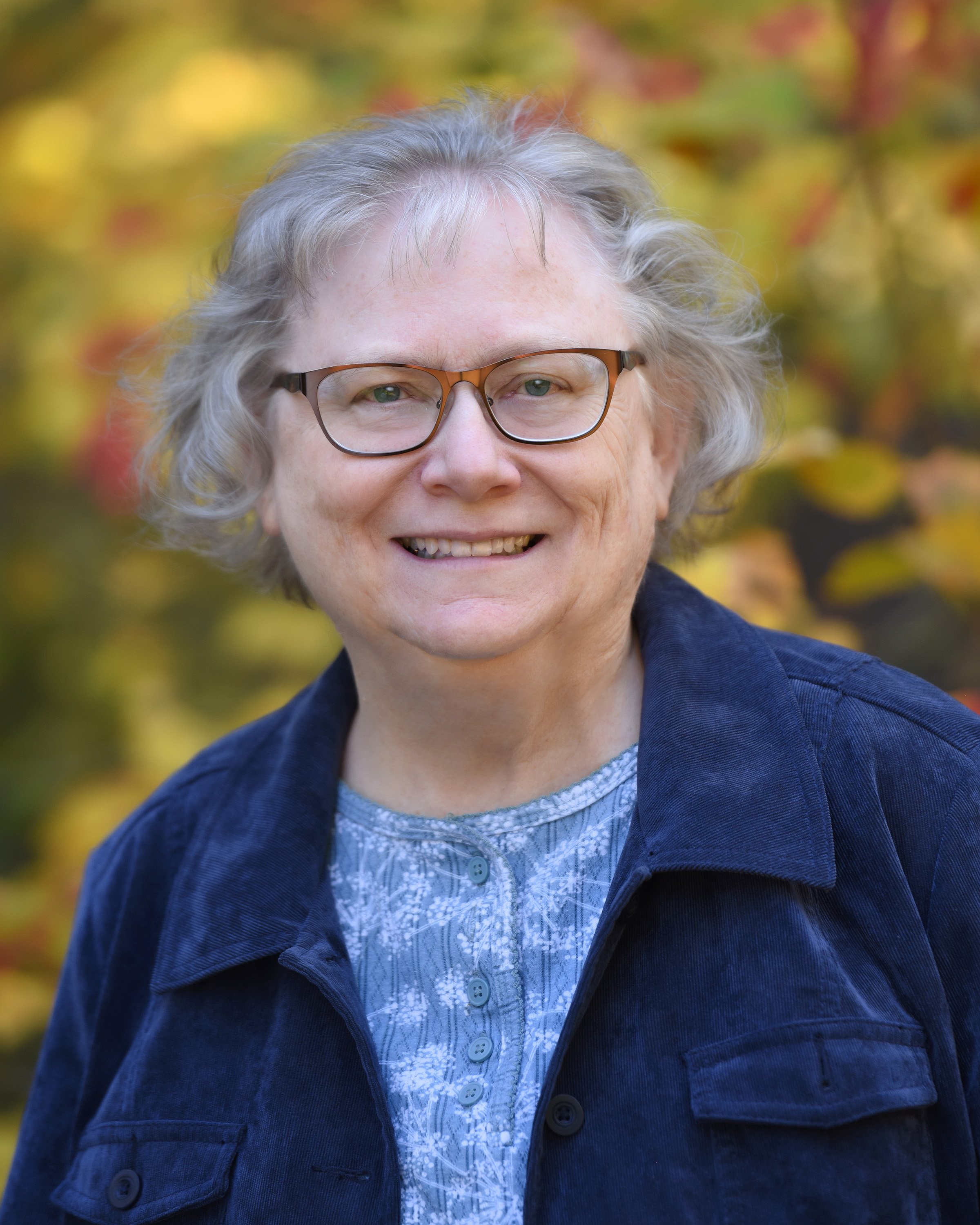 My father, borrowing a line from Henry Ford, used to tease me that I could pick any color apple I wanted in the basket “as long as it was red.” (They were all red.) I have been asked to explain how I choose which families to do for the Early New England Families Study Project. The answer is I can pick any family I want – once they are in the basket.
My father, borrowing a line from Henry Ford, used to tease me that I could pick any color apple I wanted in the basket “as long as it was red.” (They were all red.) I have been asked to explain how I choose which families to do for the Early New England Families Study Project. The answer is I can pick any family I want – once they are in the basket.
Filling the basket, however, can be a matter of dealing with apples and oranges. While Early New England Families is a companion program to the Great Migration Study Project, it is not a continuation of that project. Bob Anderson’s genius work is arranged by date of immigration. Early New England Families is arranged by date of marriage. They overlap in a variety of ways, which Bob and I are presently sorting through.
My “1641” basket contains all heads of families married in or by 1641 who are not featured (or expected to be featured) in the Great Migration series, which covers immigrants to New England through 1640. A large number of my individuals actually arrived in New England prior to 1641 as children of the immigrant head of family – e.g., Gov. John Winthrop is an orange (Great Migration), while his sons John Winthrop the Younger and Henry Winthrop are apples (Early New England Families). Also in the basket are individuals who married in or by 1641 for whom the date of immigration has not been established. My guess is that a lot of these will turn out to be oranges, but they all need to be researched.
There are about 100 families in the basket at the moment. I make no attempt to arrange them in exact marriage order, which couldn’t be done anyway since exact dates are not known for all. I have concentrated first on the second generation sons, taking full advantage of the head-start afforded by their parents’ Great Migration sketches, and I try to choose families in different locations to provide the widest coverage of New England possible. Then I just pick the family that looks the most interesting and test to see how complex or difficult the sketch is likely to be. I’m not dodging the hard ones, but in the interest of getting sketches published, I need to intersperse at least slightly simpler families with the really gnarly ones.
This first basket is complicated by the need to take care of a lot of different threads. I have already started squirreling away apples in the 1642 basket, which will be the first to address marriages in a single year.
Share this:

About Alicia Crane Williams
Alicia Crane Williams, FASG, Lead Genealogist of Early Families of New England Study Project, has compiled and edited numerous important genealogical publications including The Mayflower Descendant and the Alden Family “Silver Book” Five Generations project of the Mayflower Society. Most recently, she is the author of the 2017 edition of The Babson Genealogy, 1606-2017, Descendants of Thomas and Isabel Babson who first arrived in Salem, Massachusetts, in 1637. Alicia has served as Historian of the Massachusetts Society of Mayflower Descendants, Assistant Historian General at the General Society of Mayflower Descendants, and as Genealogist of the Alden Kindred of America. She earned a bachelor’s degree from the University of Connecticut and a master’s degree in History from Northeastern University.View all posts by Alicia Crane Williams →